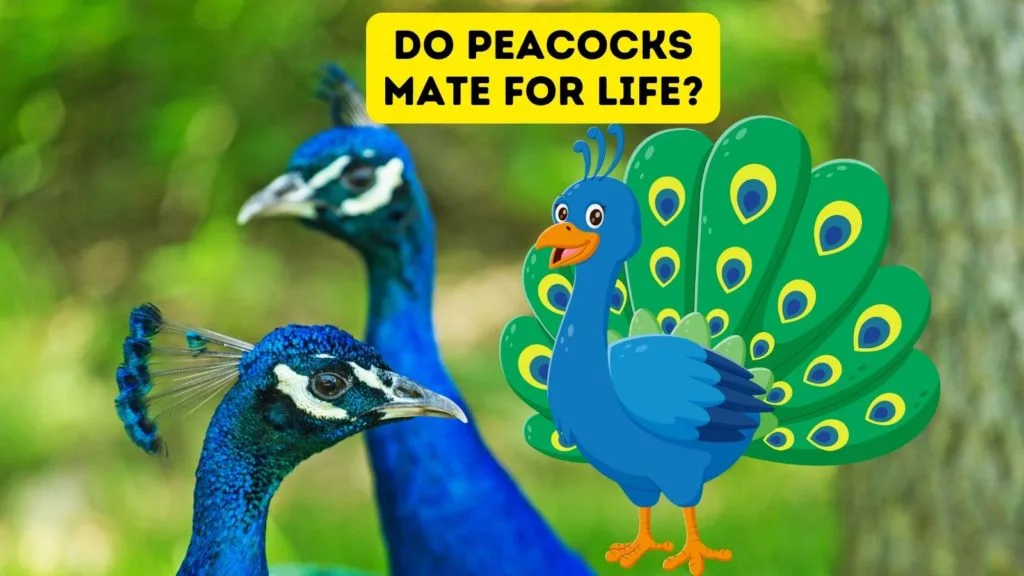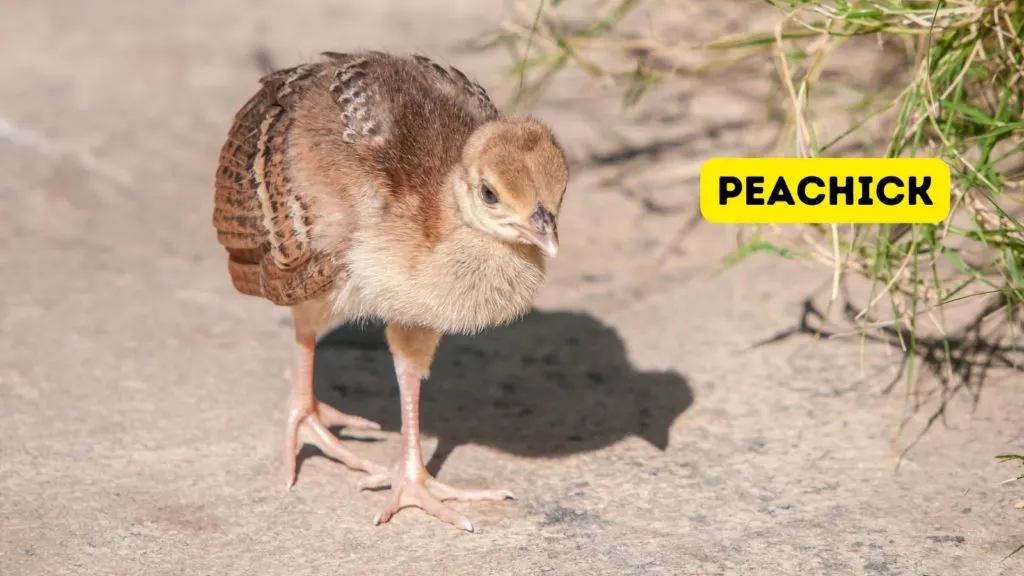Peacocks, with their spectacular and colorful plumage, have always fascinated bird lovers and scientists alike. Our neighbors once had peacocks, and I loved hearing their calls. One question I always wondered and I know many other people do, too: Do peacocks mate for life? Let’s delve into the world of peacocks to understand their unique behavior.

Peacock Mating Habits Explained
Peacocks, or more accurately peafowls (since ‘peacock’ refers to the male), do not typically mate for life. Unlike some bird species that form lifelong partnerships, peafowls are polygamous. This means that a male peacock will mate with multiple females (peahens) during the mating season.
Males and females will form temporary mating pairs during breeding season to copulate. Peafowls’ strategy is focused more on quantity rather than quality of relationships. By mating with several peahens, a peacock ensures a higher probability of passing on his genes.
And it’s not just the guys with a wandering eye–peahens are not faithful to a single male either and will also mate with different males during subsequent breeding seasons to maximize genetic diversity.
This polygamous, non-monogamous mating system allows peacocks to pass their genes onto many offspring over multiple breeding attempts rather than remaining faithfully bonded to just one mate.
What is the Peacock Courtship?
Courtship occurs during the breeding season, which typically lasts from late winter to early summer.
Male peacocks, called peacocks or peafowl, will puff out and raise their colorful train feathers to make themselves appear larger and more impressive.
They will also raise and quiver their crest feathers on the top of their heads to draw attention.
Peacocks will strut around the females (called peahens) with their trains fully fanned out in an impressive display of colors, patterns and eyespots. The vibrant colors and elaborate displays help peahens assess the fitness and health of potential mates to choose the best fathers for their offspring.
They may also spread their wings slightly or raise their feathers to appear bigger. This helps attract peahens and intimidate other male peacocks.
Loud calls from the peacock are also part of the courtship display. They emit loud, repetitive calls known as “maying” to catch the attention of peahens.
If interested, the peahen will approach the displaying peacock. She may examine his train closely to evaluate its quality.
If accepted, the pair will mate. Otherwise, she ignores him and he continues displaying for other peahens.
Raising the Young

Peahens (female peacocks) are solely responsible for raising the young after mating and laying eggs.
After mating with one or more peacocks, the peahen will lay a clutch of 3-6 eggs on the ground in a secluded nesting area.
She incubates the eggs alone for around 28 days until they hatch. The peahen does all the brooding and keeps the eggs warm.
Once the eggs hatch, the peahen raises the young chicks–called peachicks!– completely independently without assistance from the male peacocks. Peachicks are born tiny, covered in soft gray/brown down, and unable to see clearly. Their eyes are closed at hatching.
The mother peahen keeps them warm under her feathers; within a few weeks, their down feathers are replaced with a coat of grayish juvenile plumage.
By 2-3 months, peachicks develop tail feathers and start to resemble adult peafowl, though smaller in size. It takes them 6-8 months to fully develop their adult plumage and distinctive peacock tail feathers.
Peachicks remain with their mother until they are fully grown and able to fend for themselves, usually around 6 months of age. She protects the chicks from predators, leads them to food and water sources, and teaches them survival skills. Peahens are very diligent mothers and will fiercely defend their young from any perceived threats.
At around 12-14 months, male peacocks grow their first full adult plumage and tail feathers. This marks the onset of sexual maturity. However, they may not successfully compete for mating opportunities or attract peahens until they are a bit older, around 16-18 months.
By 2-3 years old, peacocks are in their prime reproductive years and can secure multiple mates during breeding seasons as the entire process begins again!
- 8 Letter Bird Names - August 14, 2024
- 7 Letter Bird Names - August 14, 2024
- 7 Birds Named After Famous People - July 23, 2024
